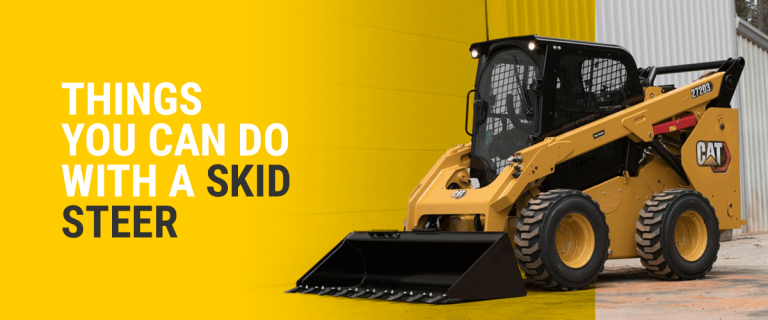Exploring the Types of Excavator Attachments

When it comes to maximizing the capabilities of an excavator, the range of available attachments is truly remarkable. These attachments can transform a standard excavator into a multifunctional powerhouse, expanding its versatility and enabling it to tackle a wide array of tasks. Let’s delve into the types of excavator attachments and discover the various types that can take your excavation projects to new heights.
Types of excavator attachments
Excavator Buckets:
The most commonly used attachment, buckets come in different shapes and sizes to suit specific excavation needs. From general-purpose digging buckets to trenching buckets and grading buckets, these attachments excel at scooping, digging, and moving various materials.
Excavator Augers
Designed for drilling holes in the ground, auger attachments are ideal for tasks such as fence post installation, tree planting, and soil sampling. With different auger bit sizes available, excavators can efficiently create holes of varying diameters and depths.
Excavator Grapples
Grapple attachments are perfect for handling and sorting materials such as logs, rocks, and debris. They feature strong jaws or tines that securely grip objects, allowing for efficient loading, unloading, and sorting operations.
Hydraulic Hammers/ Hydraulic breaker
When it comes to breaking through hard surfaces like concrete or rock, hydraulic hammers are the go-to attachment. These powerful tools deliver repetitive hammering blows, enabling efficient demolition, breaking, and rock excavation.
Excavator Rippers
Rippers are primarily used for loosening and breaking up compacted surfaces or frozen ground. They feature a single shank or multiple tines that penetrate the ground, making them valuable in tasks such as soil preparation, trenching, and ripping through hard surfaces.
Hydraulic Shears
Excavator-mounted shears are designed for cutting through various materials, including steel, concrete, and tree limbs. They are commonly used in demolition, scrap processing, and land-clearing applications.
Plate Compactors
These attachments are used for compacting soil, gravel, or asphalt surfaces. Plate compactors utilize vibration to achieve optimal compaction, making them essential for road construction, landscaping, and foundation work.
Tilt Buckets
Tilt buckets enhance the excavator’s versatility by allowing the operator to tilt the bucket at different angles. This feature enables precise grading, shaping of slopes, and efficient ditching operations.
Hydraulic Magnet
A hydraulic magnet, also known as a hydraulic scrap magnet or electromagnet, is a specialized attachment used with hydraulic systems to lift and transport ferrous materials. It is commonly employed in scrap yards, recycling facilities, and construction sites where the efficient handling of metal materials is required.
These are just a few examples of the wide range of excavator attachments available in the market. Each attachment serves a specific purpose, empowering excavators to handle diverse tasks with ease and efficiency. By selecting the right attachment for the job, operators can maximize the potential of their excavators and elevate project performance.
It’s important to note that compatibility and proper installation are crucial when using excavator attachments. Always consult the manufacturer’s guidelines and work with experienced operators to ensure safe and effective attachment usage. So, unleash the true potential of your excavator with the right attachment, and let your construction and excavation projects thrive!

